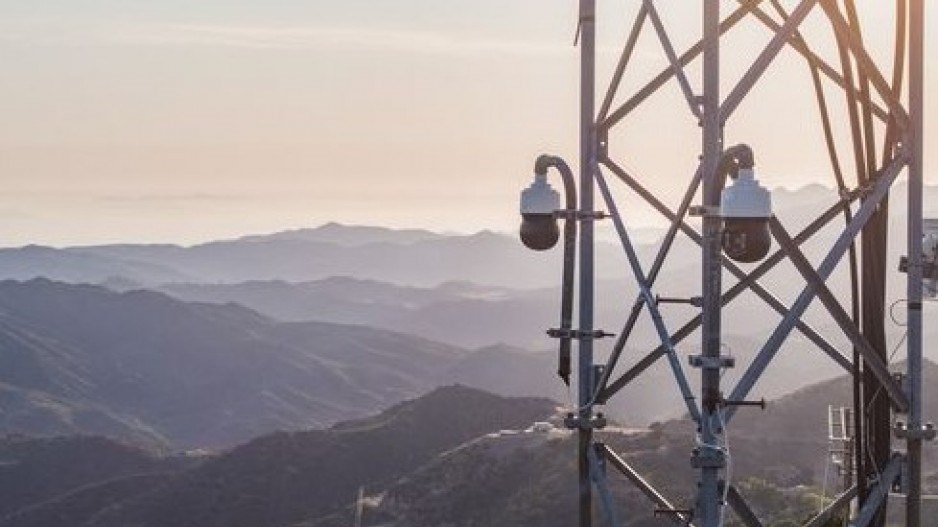Rogers Communications (TSX,NYSE:RCI) will tie into SpaceX's Starlink satellites with special sensors that the company says will aid in the earlier detection of forest fires in remote areas of B.C.
Rogers will install Pano AI sensors that will be able to detect smoke for up to a 20-kilometre range. They will be installed on wireless towers near Fort St. James, Smithers and Chetwynd.
Real time information gathered by the sensor system will be shared with the BC Wildfire Service. Rogers is also donating satellite phones to the British Columbia Search and Rescue Association for first responders.
The new approach to forest fire detection comes out of research Rogers has been doing in partnership with the University of BC on Internet of Things applications on 5G networks.
"These new technologies will expand the reach and capabilities of our existing network of 5G IoT sensors, giving us real-time data that can provide the foundation for an early warning system for wildfires and improve public safety,” Mathieu Bourbonnais, assistant professor at the Department of Earth, Environmental and Geographic Sciences at UBC Okanagan, said in a news release.
“Early detection of wildfires is critical in preventing their spread to help protect communities and our forests,” said Pano AI CEO Sonia Kastner. “With the reach of Rogers 5G network, we are proud to work together to deploy our AI-powered cameras to detect, confirm and pinpoint new fire ignitions within minutes in some of the most remote parts of British Columbia.”
“Climate change is a global issue that requires urgent action,” said Rogers CEO Tony Staffieri. “Communities across the country are facing the effects of unprecedented wildfires. We are proud to put our national network and technology partnerships to work to better detect fires and support Canadian first responders.”


